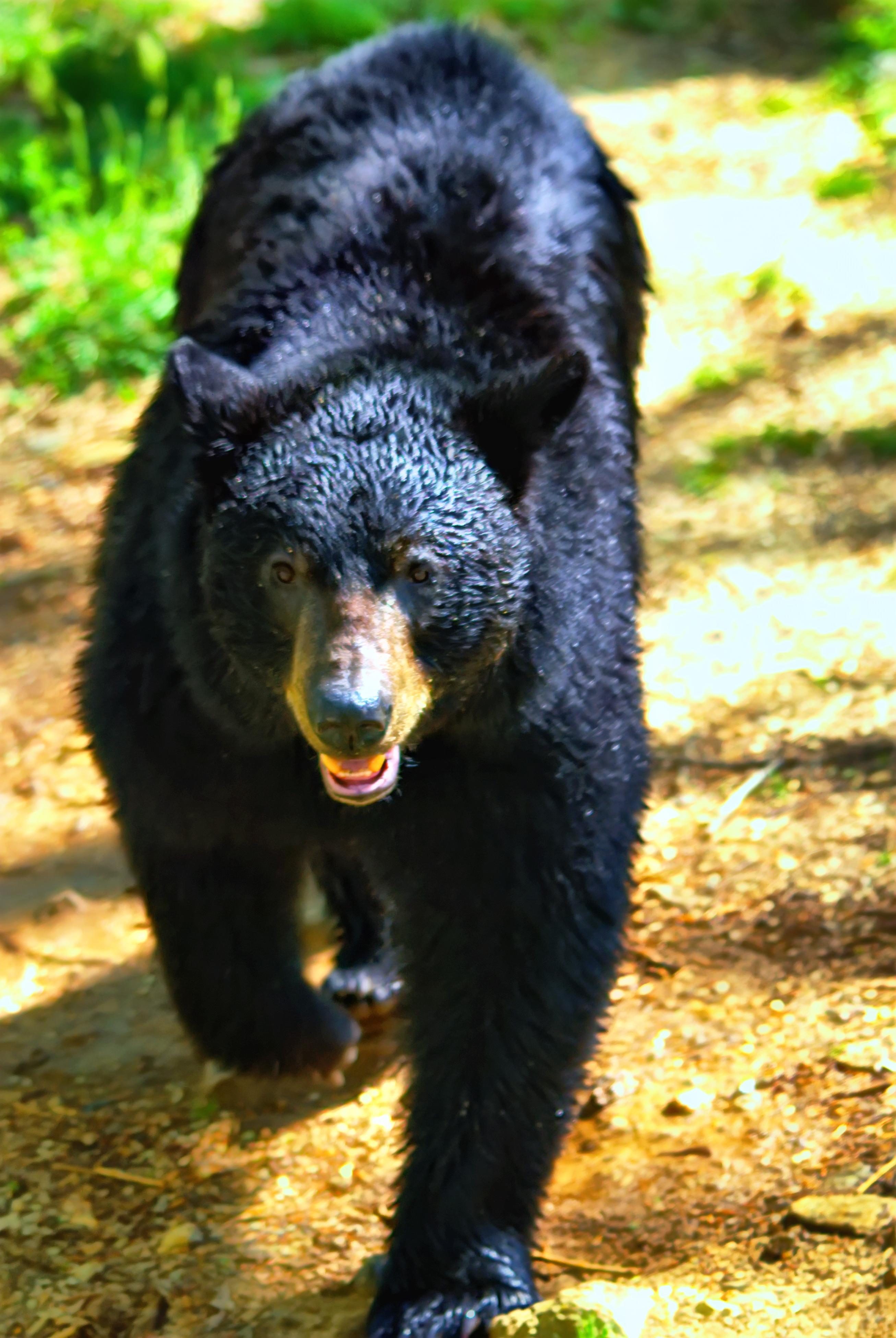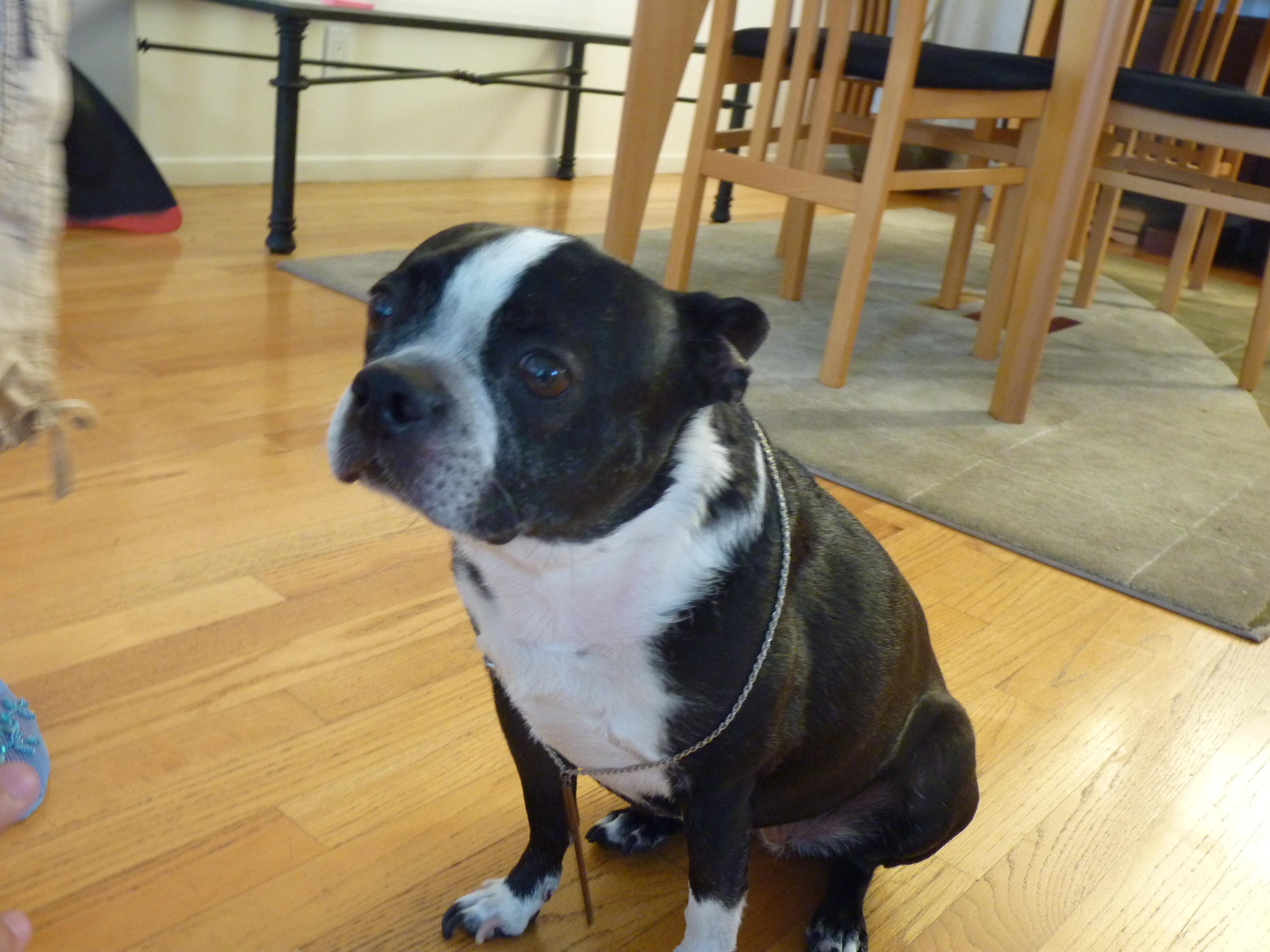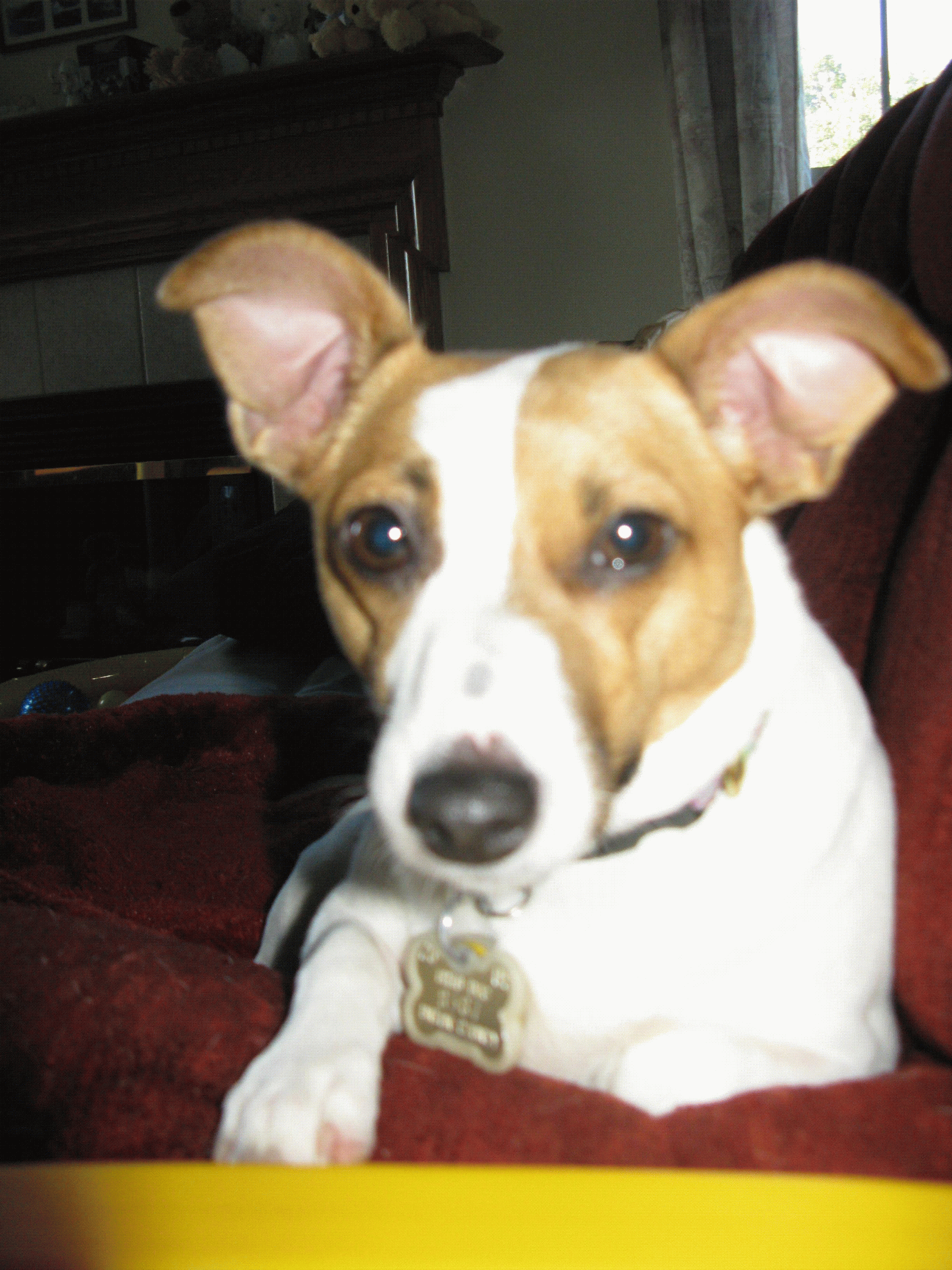What causes territorial behavior in dogs and how to control it

Dogs are often celebrated for their loyalty and companionship, but sometimes this devotion can manifest as dogs/” title=”Best solutions for stopping excessive barking in dogs”>territorial behavior, which can be challenging for pet owners to manage. Understanding why dogs exhibit territorial tendencies is the first step in addressing and moderating these behaviors. This article delves into the root causes of territorial behavior in dogs, offering insights into their instincts and environmental triggers. Additionally, we will explore practical strategies to help you manage and control these behaviors, ensuring a harmonious relationship between you and your furry friend. Whether you’re a new dog owner or a seasoned pet parent, this guide aims to provide you with the knowledge and tools to foster a peaceful and balanced environment for your canine companion.
Understanding the Roots of Territorial Behavior in Dogs
Territorial behavior in dogs is deeply rooted in their ancestral instincts, dating back to their wild predecessors who needed to protect their resources and pack. This behavior manifests as a natural drive to defend their home, family, and even favorite toys. Understanding these instincts can help in managing and moderating such behaviors effectively. Dogs often perceive the world through a framework of ownership, leading them to react defensively when they feel their territory is being encroached upon. This instinctual behavior can be influenced by several factors, including genetics, socialization, and environmental experiences.
To help control territorial tendencies, consider the following strategies:
- Early Socialization: Introduce your dog to various environments, people, and other animals to help them become more adaptable and less territorial.
- Positive Reinforcement: Reward your dog for calm behavior when encountering new situations or people. This helps create positive associations.
- Consistent Training: Establish clear boundaries and rules for your dog’s behavior. Consistency is key in helping them understand acceptable actions.
- Provide Adequate Exercise: Regular physical activity can help reduce anxiety and excess energy, which can contribute to territorial aggression.
By understanding and addressing the underlying causes, pet owners can foster a more harmonious environment where their dogs feel secure without the need to guard their territory excessively.

Recognizing Signs and Triggers of Territorial Aggression
Understanding the signs and triggers of territorial aggression in dogs is crucial for managing and mitigating this behavior. Dogs often display territorial aggression when they feel their space is threatened. Common signs include excessive barking, growling, snapping, or lunging at perceived intruders. Dogs may also exhibit a stiff body posture, intense staring, or attempt to physically block access to certain areas. Recognizing these cues early can help prevent escalation.
Certain situations can trigger territorial aggression, and being aware of them can make a significant difference. Triggers often include the presence of strangers or unfamiliar animals, changes in the environment, or even new family members. It is also common for dogs to become territorial over resources such as food, toys, or sleeping areas. To help your dog feel more secure, consider implementing the following strategies:
- Create Safe Spaces: Designate areas in your home where your dog can retreat to and feel secure.
- Consistent Training: Reinforce basic commands and positive behavior consistently.
- Controlled Socialization: Gradually introduce your dog to new people and animals in a controlled manner.
- Resource Management: Ensure that resources like food and toys are plentiful and not a source of competition.
By being attentive to your dog’s signals and understanding their triggers, you can foster a more harmonious living environment for both your pet and family.

Effective Training Techniques to Manage Territoriality
Managing a dog’s territorial behavior effectively requires a combination of patience, understanding, and the right techniques. Here are some strategies that can help:
- Consistent Training: Establishing a consistent routine is crucial. Use positive reinforcement techniques to reward your dog for calm behavior in their territory. This can include treats, praise, or playtime.
- Socialization: Gradually introduce your dog to new environments, people, and other animals. This helps reduce anxiety and builds confidence, making them less likely to exhibit territorial aggression.
- Boundary Setting: Clearly define the areas that are off-limits and enforce these boundaries consistently. Use commands like “leave it” or “stay” to reinforce these limits.
- Environmental Enrichment: Provide plenty of physical and mental stimulation to keep your dog engaged. Puzzle toys, interactive games, and regular exercise can help channel their energy positively.
- Professional Guidance: If territorial behavior persists, consider consulting a professional dog trainer or behaviorist. They can offer tailored advice and strategies specific to your dog’s needs.
By implementing these techniques, you can help your dog feel more secure and less inclined to defend their territory aggressively.

Creating a Calm Environment to Reduce Territorial Instincts
Dogs, much like humans, thrive in environments that promote tranquility and security. To help mitigate their territorial instincts, it’s essential to design a space that encourages calmness. Start by creating designated zones within your home where your dog can feel safe and relaxed. This could include a cozy corner with their favorite bed or blanket, where they can retreat when they feel overwhelmed. Make sure this area is away from the hustle and bustle of high-traffic spots like entryways or busy hallways.
Implementing a few simple changes can make a significant difference. Consider the following strategies:
- Reduce Noise: Use rugs or carpets to dampen loud sounds and minimize sudden noise that might startle your dog.
- Soothing Scents: Introduce calming scents like lavender or chamomile using pet-safe diffusers to help ease anxiety.
- Soft Lighting: Avoid harsh lighting; instead, opt for soft, warm lighting to create a peaceful atmosphere.
- Structured Routine: Maintain a consistent schedule for feeding, walks, and playtime to provide a sense of stability.
By making these thoughtful adjustments, you can significantly decrease the triggers that might provoke territorial behavior, promoting a more harmonious living environment for both you and your furry friend.



